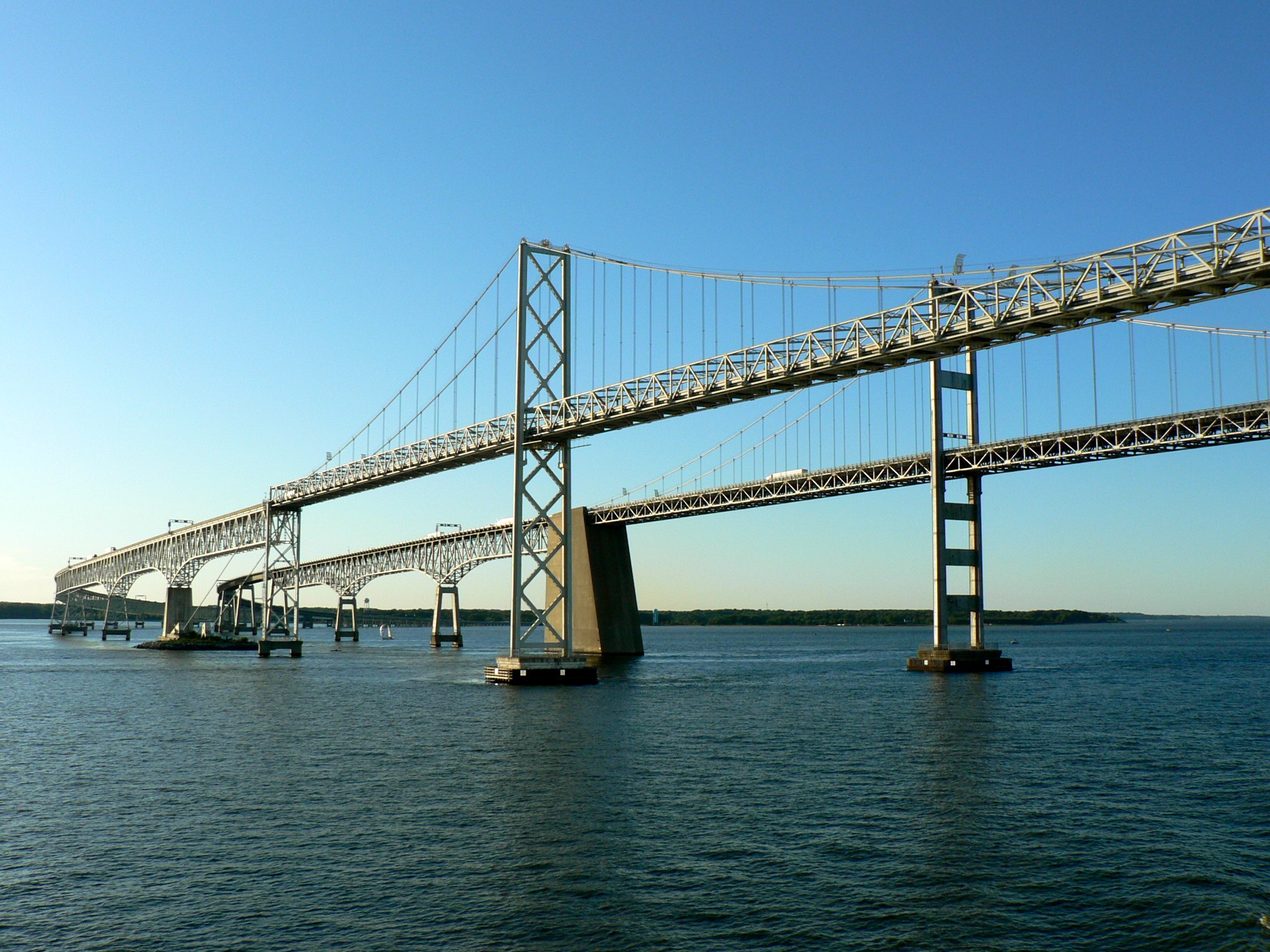SGA Sustainability Committee members said this week they will be on the lookout for ways to bolster Chesapeake Bay restoration initiatives following the Trump administration’s proposed cuts this month to the Environmental Protection Agency’s budget.
The proposed cuts would decrease the Chesapeake Bay restoration project’s funding from $73 million this fiscal year to $5 million next fiscal year. The proposed cuts would also result in the EPA’s staff dropping from 15,000 to 12,000 people, and a 30 percent reduction in grants to states, The Washington Post reported. Trump plans to submit his budget to Congress this week.
Will Klajbor, a committee co-director and a junior economics and environmental science and policy major, said the possible cuts are “disheartening” amid recent improvements to the bay. Six states — including Maryland — and the District of Columbia have been working with the EPA to clean up the bay.
“The health of the Chesapeake Bay has been improving, especially recently, in the last couple years,” Klajbor said. “We’ve been making a lot of progress in restoring the balance to a lot of the ecosystems in the bay. So, to put that hurdle down, when we’re making a lot of progress, is disheartening. But I have faith that Marylanders will make their voices heard and let the Trump administration know and their representatives know this is something that should be a priority.”
Student groups that might be interested in restoration efforts can apply for Student Government Association funding if they are an SGA-recognized organization, said Huw Ball, SGA director of student groups. There are six deadlines every year to become recognized, and they come two weeks before finance funding deadlines. The last deadline for SGA recognition for this academic year is this Friday at midnight, Ball said and the last funding deadline is April 3 at 5 p.m.
Such funding from the SGA could help cover costs associated with sponsoring events benefiting Chesapeake Bay restoration and cleanup, said Amelia Avis, the SGA sustainability committee’s director of governmental affairs and state campaigns. The Sustainability Committee is always willing to support other environmental groups that may prop up on the campus and help with fundraising, advocacy and petitions, she noted.
The Chesapeake Foundation and other Chesapeake Bay restoration groups work with this university’s students in a variety of programs, including the Environment, Technology and Economy Scholars program and the alternative breaks program, which has had a Chesapeake Bay clean-up option in the past, Avis said. The SGA also passed a resolution in late 2014 that contributed $5,000 toward restoring this university’s Campus Creek, which is part of the Chesapeake Bay watershed.
“The [EPA’s proposed] budget has not been implemented, so SGA wouldn’t be able to react to anything [yet],” Avis said. “[A] possible route is that we could pass a resolution next [academic] year saying we support Chesapeake Bay cleanup efforts … [If a resolution were passed] we could follow a similar model that we did with the fracking ban in joining a coalition of environmental groups, which has not yet been made, but I’m sure would be in the works.”
Avis added that the committee would also be able to “officially lobby on behalf of the Student Government Association for Chesapeake Bay funding” as soon as the fall semester.
The Chesapeake Bay Foundation gave the Chesapeake Bay a C-minus in its 2016 report — the highest score since the organization began grading water quality and wildlife abundance in 1998, according to a January Baltimore Sun article. The 2016 report showed improvement since the last report in 2014 for nine of 13 bay health indicators, which include blue crab and rockfish abundance, underwater grass growth and levels of nitrogen and phosphorus pollution, the article reported.
The proposed cuts, however, would significantly impact the majority of the Chesapeake Bay’s restoration project’s efforts to support the Total Maximum Daily Load, Avis said. The TMDL is the EPA’s way of cleaning up the nutrients and the pollution from nonpoint source pollution, she said. Nonpoint source pollution “generally results from land runoff, precipitation, atmospheric deposition, drainage, seepage or hydrologic modification,” according to the EPA website.
Christine Hagan, another co-director of the SGA Sustainability Committee and a junior environmental science and policy major, said the cuts demonstrate that the Republican Party doesn’t consider environmental protection a “pressing issue.”
“[The rhetoric] from the Republican Party about environmental issues is kind of like … ‘The federal government shouldn’t be interjecting themselves in what our state’s issues [are],'” Hagan said. ” … Even in the places where environmentalists are able to work in the parameters that the Republican Party has set up for what they would like to see for environmental protection … we’re still being cut, because the real underlying motivation on that side is more geared toward not wanting to protect the environment.”



